As another year of Science Sundays comes to a close, we couldn’t send you off without a handy study guide. Whether you want to level up your hair knowledge or get ready to win a year’s supply of K18 with our final exam on IG (hint hint)—this science-packed recap has you covered.
MODULE ONE: SCIENCE BASICS
SCIENCE CLASS 07: bond builders vs. biomimetic hairscience
This is where we covered hair history. The first era of haircare began with products that employed traditional cosmetic chemistry to improve the look + feel of hair by temporarily covering up signs of damage. The next era of products introduced bond building technology to repair disulfide bonds to strengthen hair along the x-axis. The most recent development in technology is K18’s biomimetic hairscience, which takes repair a step further by also targeting breaks along the y-axis. This “molecular repair” is the future of haircare, delivering holistic, lasting damage repair at the inner-most layers of hair by reconnecting damaged polypeptide chains to renew strength + elasticity.
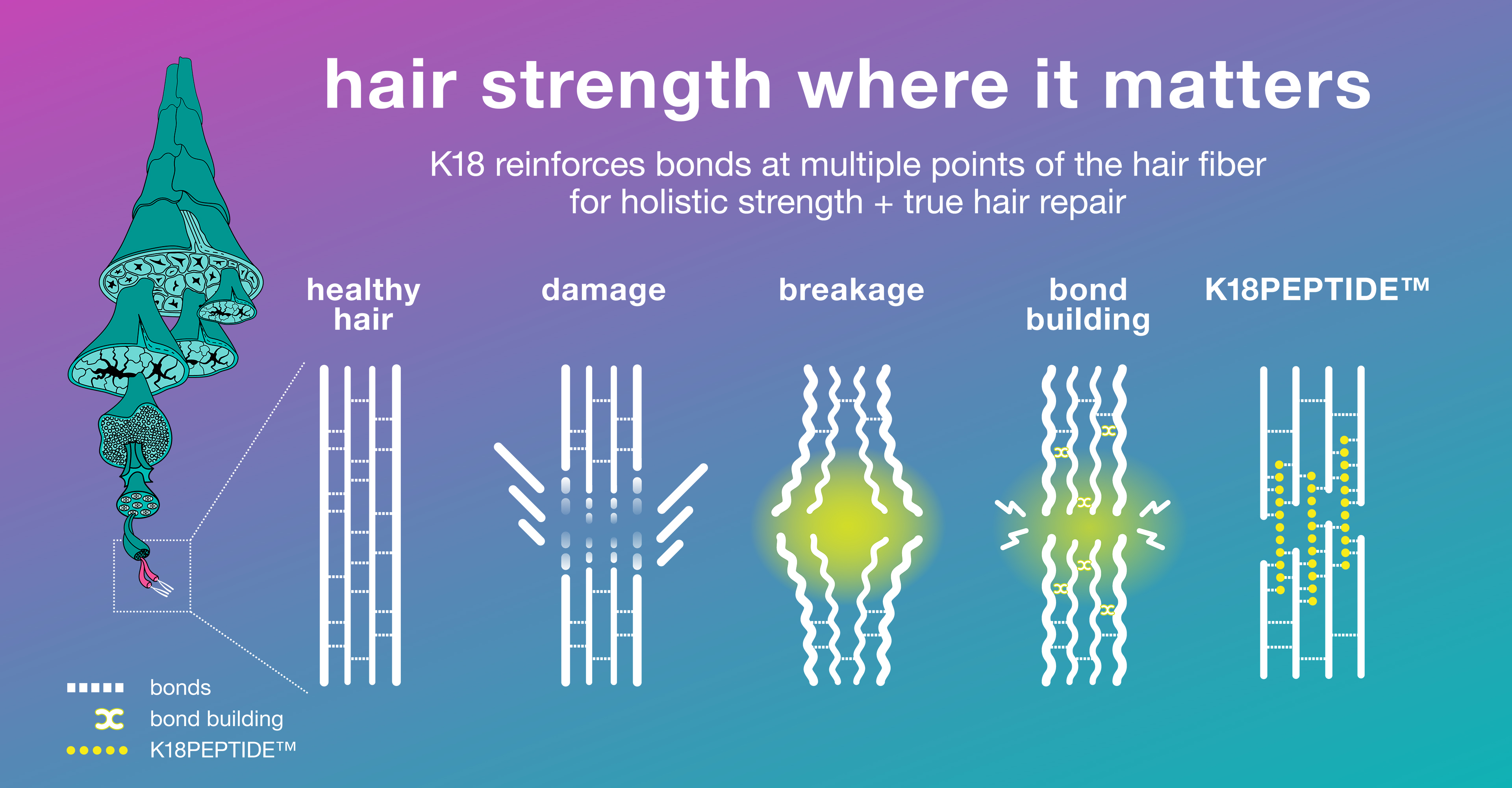
Key vocab:
biomimetic hairscience -
mimicking the structure of hair keratin to target multiple bonds for holistic + lasting damage repair and improved strength + elasticity.
Get extra credit, read the full article here.
SCIENCE CLASS 09: the clean hair convo
In this class, we learned about the importance of clean hair to overall hair health—and all the things that can keep your hair from staying clean + healthy.
Healthy hair has an optimal pH of 4.5-5.5, but what we expose it to (things like products and water) can throw your hair + scalp environment off balance. Product buildup can weigh hair down, causing roots to look greasy, altering natural texture, or even causing scalp inflammation leaving hair dry, itchy, and oily. Minerals + metals found in your water can build up and make your hair look dull, rough, and discolored. This buildup can also cause further damage from oxidative reactions. Truly clean hair + optimized product pH is key for vibrant, bouncy, healthy hair and more effective product + salon service results.
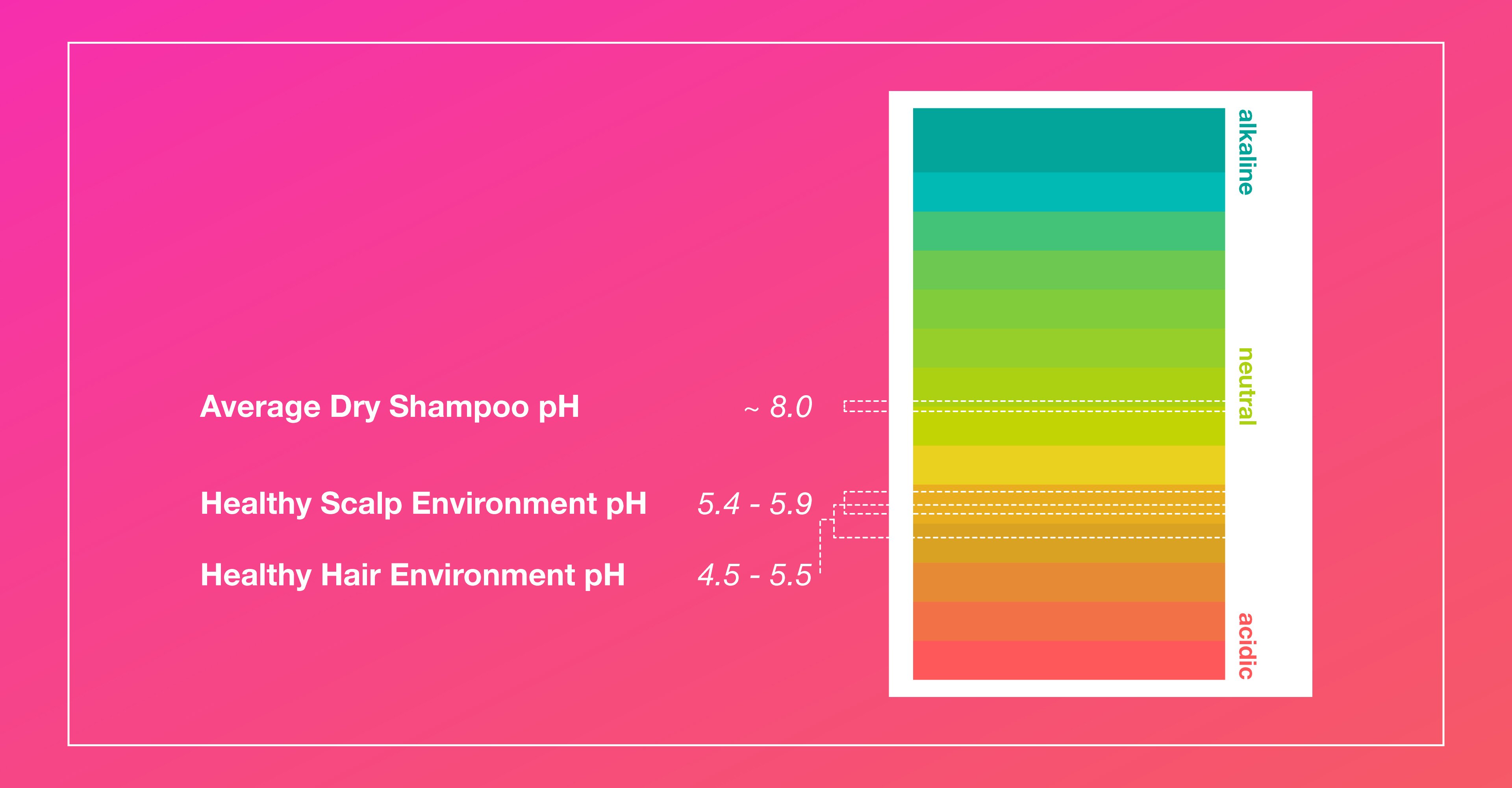
MODULE TWO: HAIRCARE MYTHS
MYTH BUSTING 06: the truth about “virgin” hair
In this myth bust, we discovered there’s no such thing as pristine “virgin” hair.
All hair has some level of damage, even if it’s never been processed via a salon service or at-home bleach. Photodamage, aka UV radiation from the sun, weakens hair’s structural integrity—causing weak, dry, rough, dull, and brittle hair. These oxidative reactions worsen with exposure to environmental pollutants + water, so try limiting hair’s sun exposure + treat your hair to molecular repair.
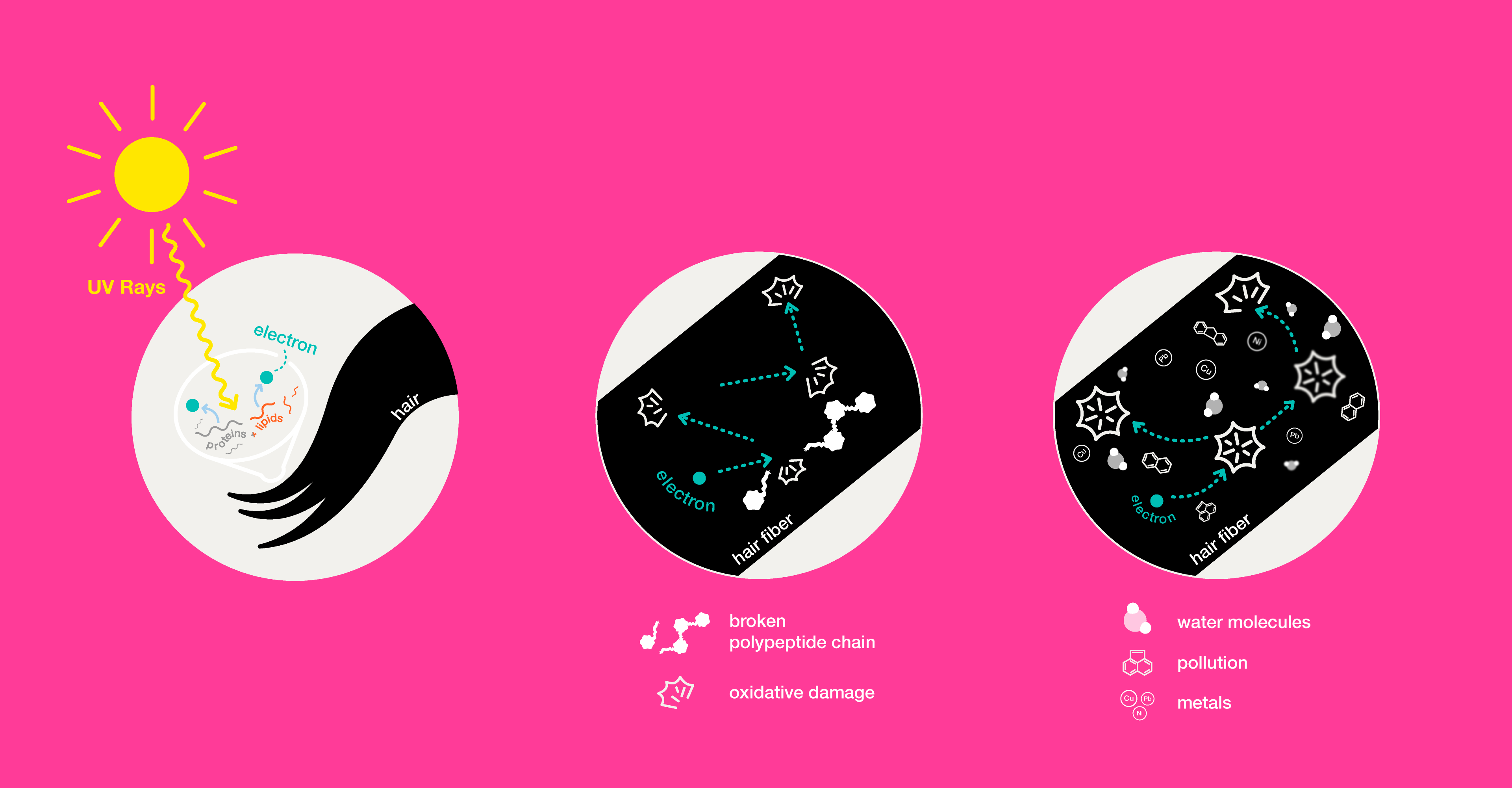
Key vocab:
photodamage -
UV radiation-induced hair damage causes reduced strength, dryness, roughness, dullness, stiffness, and brittleness.
Get extra credit, read the full article here.
MYTH BUSTING 07: “bad ingredients”
In this story, we covered 3 ingredients on the haircare industry’s “no-no” list—parabens, silicones, and sulfates.
While they get a bad rap, parabens are used as preservatives to keep your products safe. They are ultimately biodegradable and have no adverse effects on you or your pet’s health. Silicones are degradable polymers that add slip + shine to hair and aren’t the only factor to blame for buildup. Sulfates are powerful surfactants in shampoos that can cause dryness in excess or when left on for too long, but this is common to all surfactants–and they can be used safely when formulated with other ingredients to be non-drying. All in all, make sure you understand the nuances of how the ingredients are being used before you ban them from your routine.
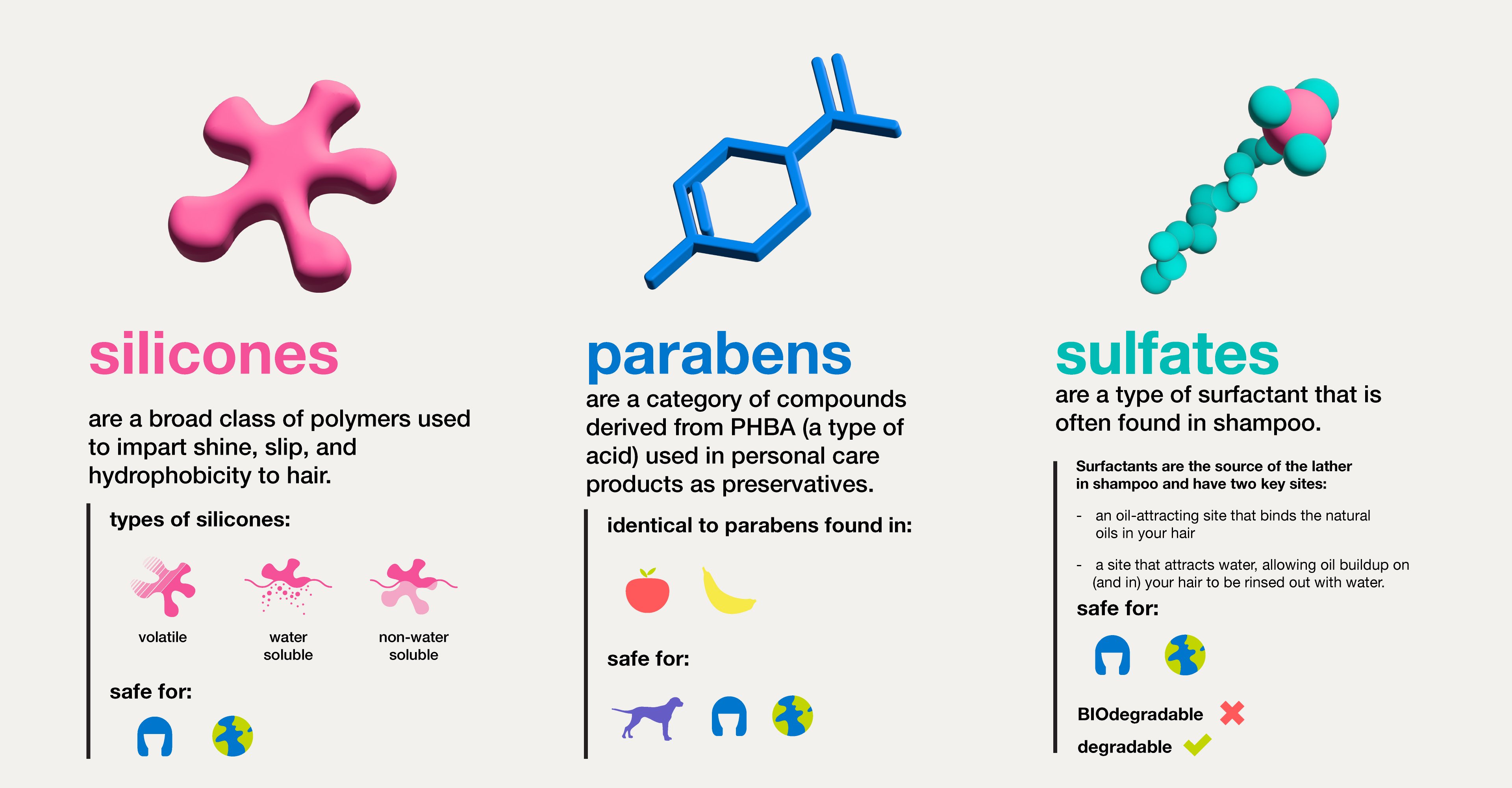
Key vocab:
parabens -
a category of compounds derived from PHBA (a type of acid) that prevent the accumulation of harmful mold, yeast, and a broad spectrum of bacteria from forming.
silicones -
a classification of polymers derived from crystal quartz (aka silicon dioxide or silica) that impart shine, slip, and hydrophobicity to hair.
sulfates-
a type of surfactant that is often found in shampoo with two key sites: an oil-attracting site that binds the natural oils in your hair or products, and a site that attracts water, allowing oil buildup on (and in) your hair to be rinsed out with water.
MODULE THREE: HAIR BUZZWORDS
BUZZWORD BREAKDOWN 01: microbiome
In this lesson, we covered a word that’s been popping up A LOT in beauty marketing lately. Your hair + scalp host a community of microorganisms that fend off harmful microbes in exchange for sebum, your scalp’s natural oils. This environment is called—you guessed it—your microbiome. Too much or too little bacteria leaves your natural protective barriers vulnerable to dryness, itchiness, greasy roots, and hair thinning. Keep your microbiome healthy by regularly washing excess oil + dirt with a gentle, microbiome-friendly shampoo.
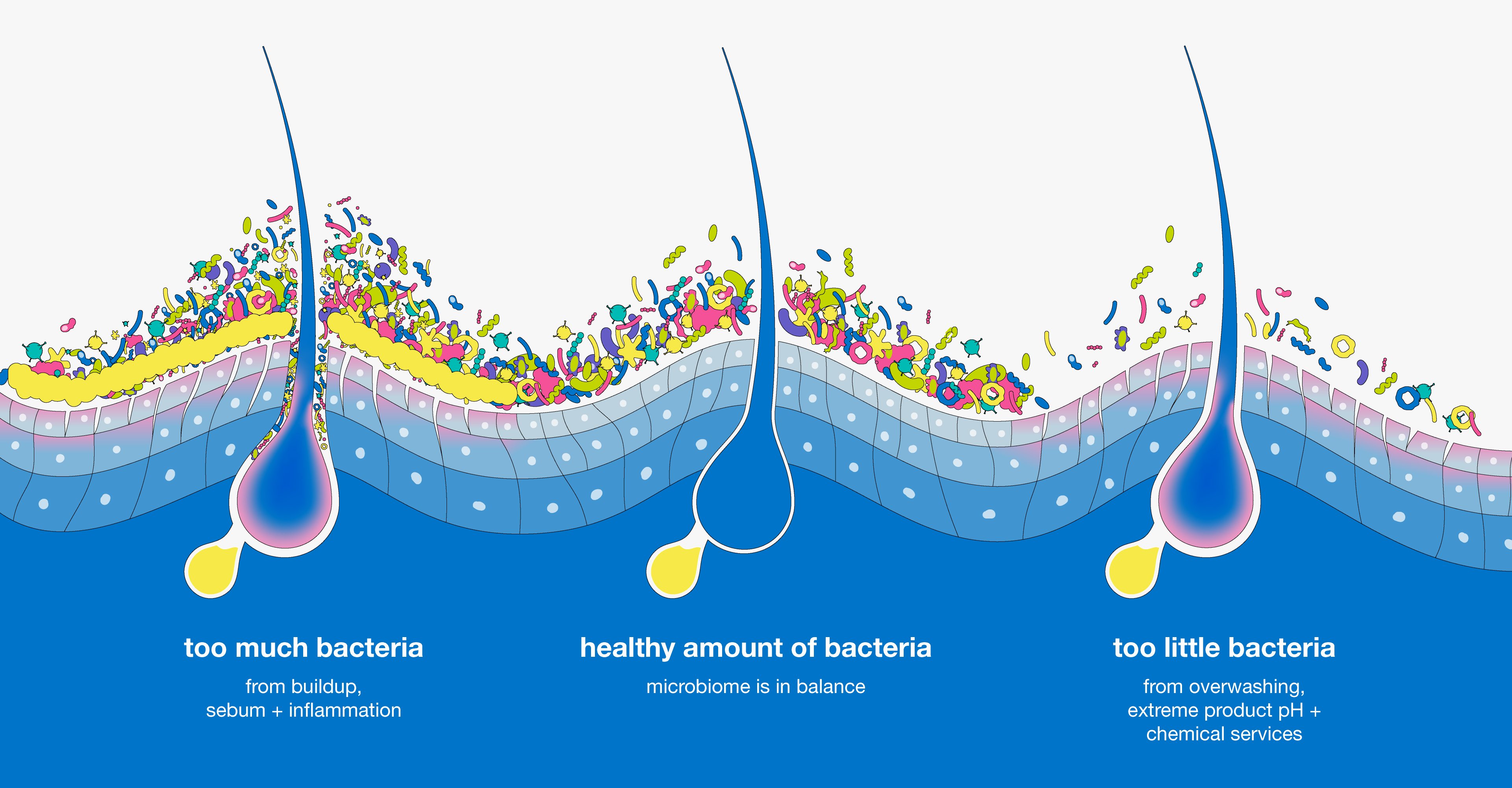
Key vocab:
microbiome -
all the microorganisms in a particular environment.
Get extra credit, read the full article here.
BUZZWORD BREAKDOWN 02: biomimetics
This word deep dive was close to home, since it’s the word on all our K18 products. Biomimetics takes inspiration from nature and its designs to model new technologies after them. Not all bio-inspired formulas are the same—some are inspired by nature, similar to nature, or truly biomimetic and mimicking nature like our biomimetic K18PEPTIDE™. By imitating the natural structure of hair, our biology-optimized peptide restores hair health with lasting results.
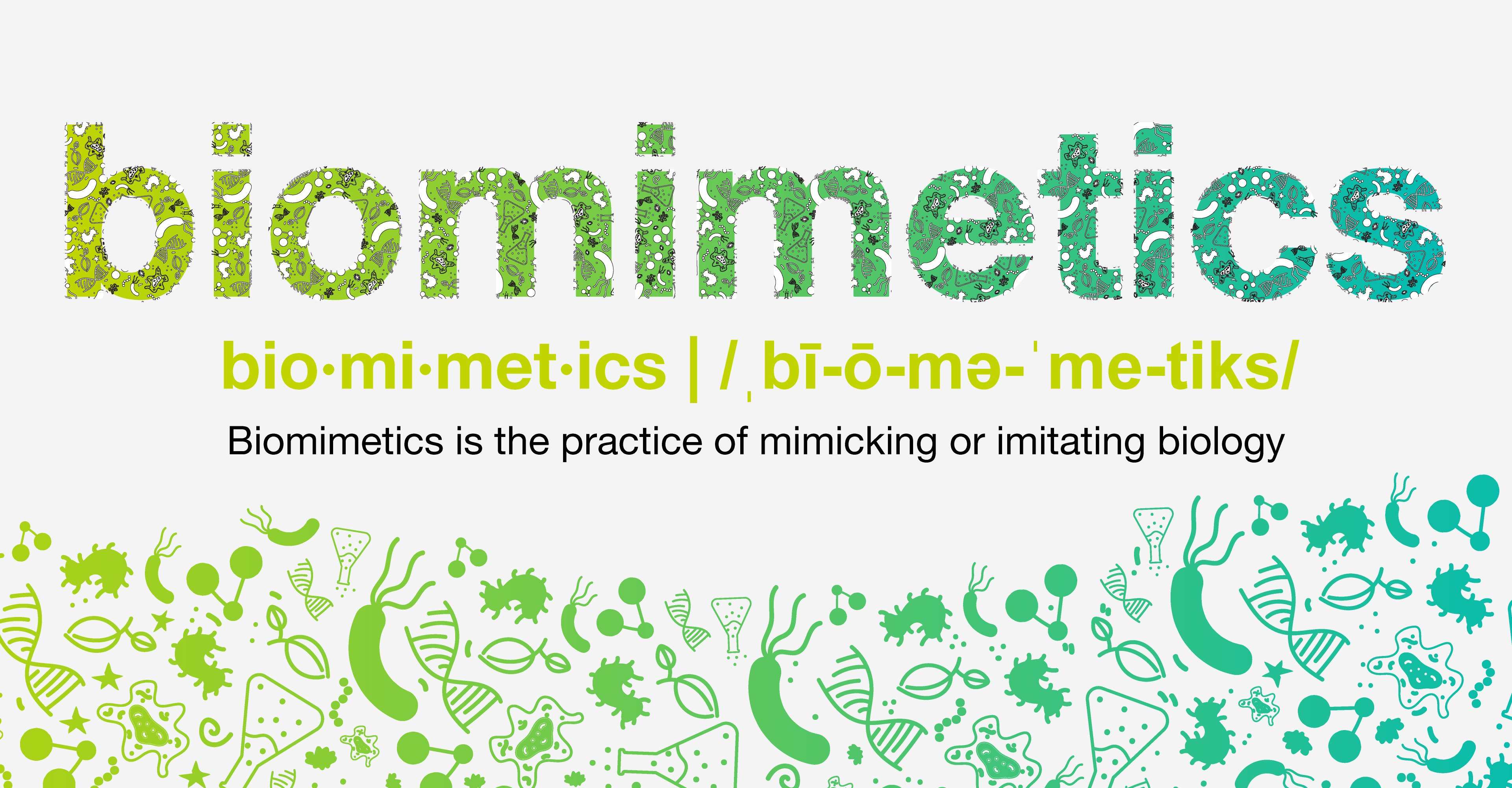
Key vocab:
biomimetics -
the practice of mimicking or imitating biology to solve problems.
Get extra credit, read the full article here.
That wraps up another year of Science Sunday!
Ready to ace that final exam? Head to @k18hair on IG to take the test for a chance to win a year’s supply of K18.
P.S. There’s more science where that came from! We can’t wait to keep myth busting, breaking down buzzwords, and diving deep into hairscience in the new year. See you for more in 2023!

